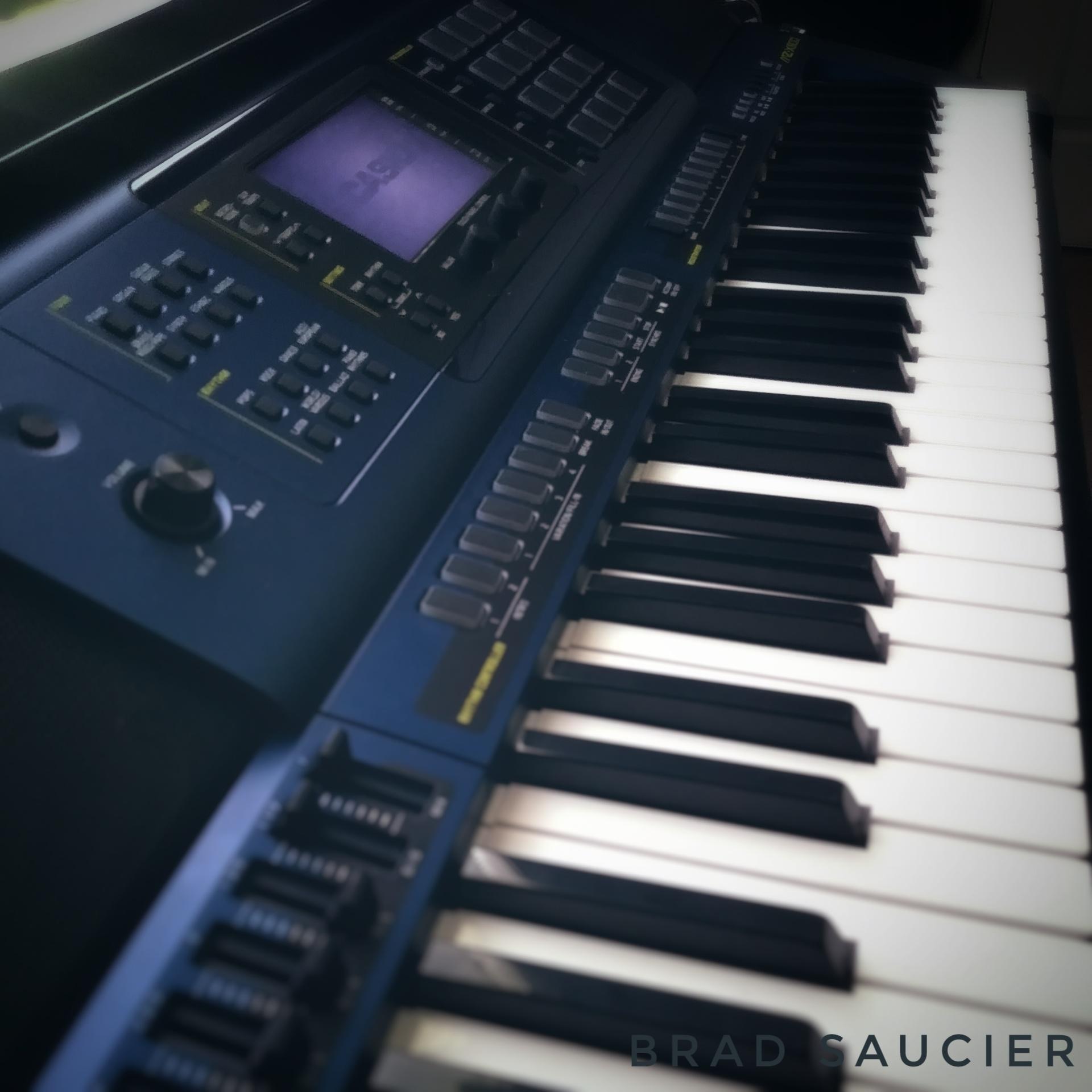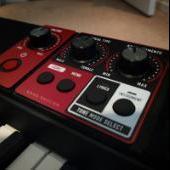-
Posts
8,730 -
Joined
-
Last visited
Content Type
Profiles
Forums
Downloads
Posts posted by Brad Saucier
-
-
@Shaunaflynn Are you going to reply to Alen?
-
8 hours ago, Shaunaflynn said:
Sounds like you really enjoyed the Grand Piano Concert 001, especially the EPs and acoustic bass with your Yamaha sub. The accordion family instruments are surprisingly good, but the jazz guitars are weak as you mentioned. While the acoustic guitars sound typical for digital pianos, the addition of count-offs is a nice touch. They definitely improve after all these years if you could only get their latest work.
I'm curious why you quoted a post from 2015 just to summarize what the post said. You added no new information, asked no questions, and the last sentence does not make sense.
-
Unfortunately this model doesn't have a balance or mixer control.
-
Unfortunately it will be trial and error finding MIDI files with sperated tracks. I don't know of any other way.
-
LK-41 does not have data manager software.
-
Play what feels natural and sounds correct. That's all there is to it.
-
I would try connecting directly to the powered speaker first as a troubleshooting step. The mixer may be the issue. The PX-S3100 simply works. There are no settings to turn line outputs on or off. Keep in mind the main volume knob on the PX will adjust line output volume. The output jacks on the PX are TS unbalanced type.
-
Unfortunately rhythms must be recorded to the "system" track of the song sequencer, which is the "A" parts of the sound engine. The system track allows recording splits and layers as well as full auto accompaniment and auto harmonize live as a single track.
The "solo" tracks (B parts) are used to record individual tones. For example, a drum kit used to record on solo track 10.
-
Since the 80s, Casio portable keyboards with full size keys have been the same size as the CT-S1. Nothing has changed in regards to that. This doesn't include mini keyboard models of course.
-
 2
2
-
-
As noted in the CT-S400 user manual song list chart, exercise songs 111-160 are "finger training" exercises. These are to be used without notation for "mental stimulation". This means learning by ear and memorizing the songs.
-
To clarify how this works on various Casio models that supports it, rotary speaker emulation is a DSP insert effect on a tone. Some preset organ tones don't have this DSP effect. Some do. Tremolo on electric piano tones is also handled by a DSP effect.
Controlling things like rotary speed and tremolo speed is done by editing DSP effect parameters by menus or configuring a physical controller like a built in knob, wheel or pedal to target said DSP parameter, allowing real time control during a performance. Unfortunately the PX-350 does not provide a way to edit or control DSP effects, but the PX-560 does (as well as some other models). Any tone on the PX-560 can be edited to add DSP effects, and it also provides tools to assign DSP controls to knobs or pedals.
For buttons to switch between different performance setups, Casio provides registration memory as a way to store a configured set of controls, tones, effects and more needed for a performance. Registrations are arranged in banks. Each bank can store several different performance setups (registrations) accessible by direct access buttons. Multiple banks can be stored, accessible with the bank button.
In addition to the PX-560, some other models with 88 textured weighted keys, DSP effects with real time physical controllers, and built-in speakers would be the PX-S3100 and PX-S6000.
-
-
-
Music Book PDF download for your model is on the following page... https://support.casio.com/en/support/download.php?cid=008&pid=20
-
Unfortunately it's not possible on this model.
-
 1
1
-
-
The 560 is definitely more programmable than the 350. It gives much more control over effects parameters, DSP editing, tone editing, and master effects. Yes the mod wheel can control rotary speed, or a knob, or a pedal can. If you're looking to upgrade, I think you would be happy. The 350 is a fine keyboard itself, but it does have some limits compared to the 560.
-
Casio is usually literal with any terminology used for features. The pedal input jack is labeled "pedal 2/ expression". This is to help clarify that MIDI CC11 Expression is the function if an expression pedal is used with the input on the 3000 and 5000, and not assignable to other functions.
Models with a pedal input labeled "Assignable" can perform other functions besides CC11 Expression. Currently the PX-560 is a model which allows expression pedal to control accompaniment volume. Other models are the MZ-X500 and 300.
-
Expression pedal is only for expression control of upper lower tones. Accompaniment volume can be adjusted by the dial when the function menu is open and accomp vol is selected. Unfortunately this model doesn't have an automated accompaniment fade out function.
-
Can you post of photo of your cable and connection to your computer? We might spot something to help with.
-
Oh wow. That's some "wild" stuff. 😅
-
Unzip the file first. Right click on the file and you should see an unzip option (extract all).
-
Oh those darn cats love piano keys!
-
I love all of those!
-
 1
1
-
-
USB on the CT-S1 is a "to host" port. This means it can't connect directly to another USB device that requires a host itself. A typical USB to MIDI cable requires a host. A host can be a computer, mobile tablet or phone, or a USB MIDI host box. USB MIDI host box is probably the easiest solution.



Dream Theater tone preset sounds for CASIO CTX800
in CT-X700 / CT-X800
Posted
Did you know you could share all of these as registration setup files?